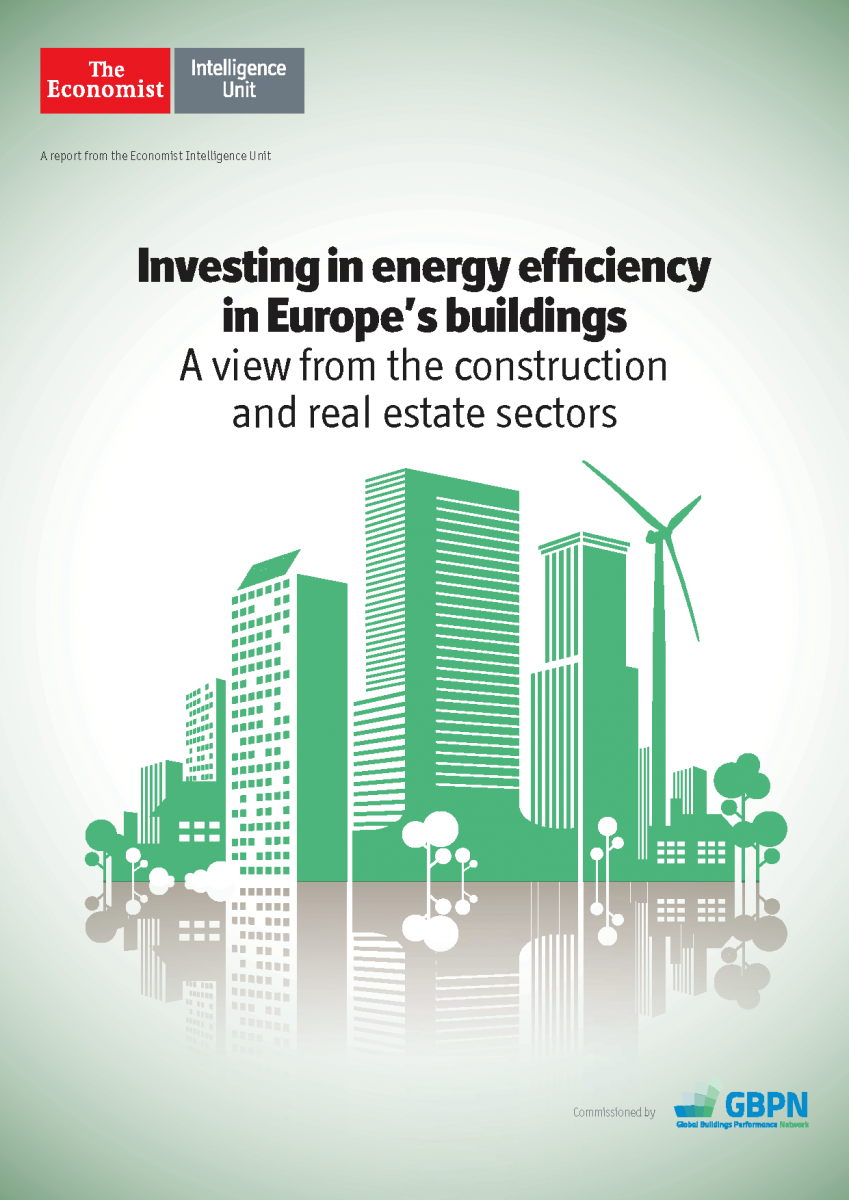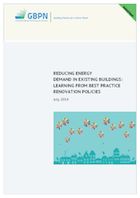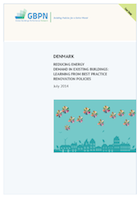Investing in Energy Efficiency in Europe’s Buildings. A view from the Construction and Real Estate Sectors
 Briefing
Briefing
A survey among building sector and real estate business executives in Europe on the feasibility of implementing energy efficiency measures across their sector
 Report
Report GBPN开发了一个在线
GBPN开发了一个在线  The GBPN has created an on-line
The GBPN has created an on-line 